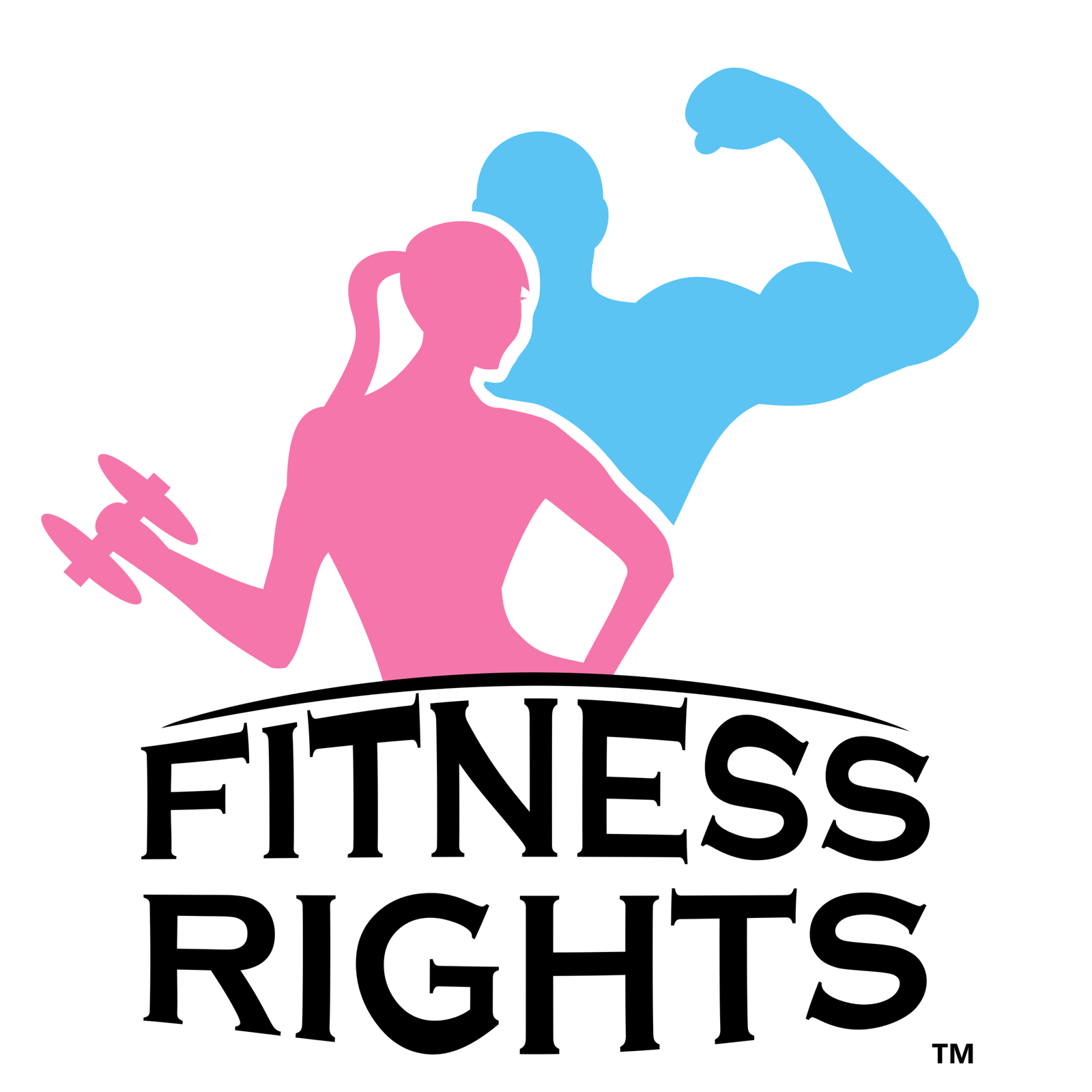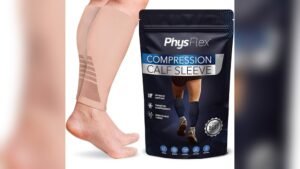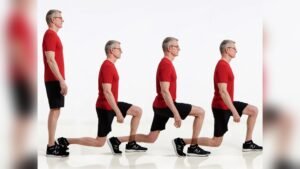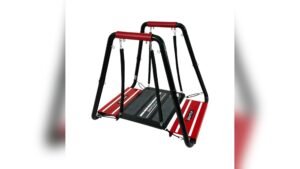Are you wondering if running with ankle straps while pregnant is a safe and effective way to stay active? As your body changes, especially around your ankles and joints, you might be considering extra support to keep moving comfortably.
But is adding ankle straps the right choice for you and your baby? Before you lace up your running shoes, it’s important to understand how ankle straps can affect your balance, comfort, and overall pregnancy health. Keep reading to discover what experts say, the risks to watch for, and smart tips to help you run safely throughout your pregnancy.
Your well-being and your baby’s safety come first—let’s explore how to make running work for you.
Table of Contents
ToggleRunning During Pregnancy
Running during pregnancy can be a healthy way to stay active. Many women enjoy continuing their running routine with some adjustments. Changes in the body require careful attention to safety and comfort. Listening to your body and consulting your doctor helps maintain a safe exercise plan.
Benefits Of Running
Running helps improve heart health and circulation. It can boost mood and reduce stress levels. Staying active supports better sleep and energy. Running also helps maintain a healthy weight during pregnancy. It strengthens muscles and bones, which is helpful for labor and recovery.
Potential Risks
Pregnancy changes balance and joint stability. Running may increase the risk of falls or injuries. High-impact running can strain the knees and ankles. Overheating and dehydration are concerns, especially in hot weather. It is important to avoid running on uneven surfaces. Always stop running if you feel pain or dizziness.
Ankle Straps And Pregnancy
Pregnancy brings many changes to the body, affecting balance and movement. Many women wonder if using ankle straps during exercise is safe. Ankle straps are common in fitness routines, but their use while pregnant needs careful thought. Understanding how ankle straps work and potential concerns helps expectant mothers make smart choices.
Purpose Of Ankle Straps
Ankle straps attach around the lower leg and connect to resistance machines or bands. They help target muscles in the legs and hips during workouts. Many use them to strengthen muscles, improve stability, and support joint health. For runners, ankle straps can help with controlled movement and injury prevention.
During pregnancy, muscle tone and joint stability change. Ankle straps might provide extra support for leg muscles. They can assist in maintaining good form during exercise. However, the main goal is to keep workouts safe and comfortable.
Common Concerns
Pregnant women often worry about balance and joint strain. The growing belly shifts the center of gravity, increasing fall risk. Using ankle straps incorrectly might add strain or cause discomfort. Tight straps could reduce circulation, which is risky during pregnancy.
Some fear that resistance workouts with ankle straps could overwork muscles or joints. Others worry about injury from sudden movements. It is important to choose light resistance and avoid high-impact actions.
Consulting a healthcare provider before starting or continuing ankle strap exercises is essential. Modifying workouts to suit pregnancy stages helps ensure safety. Listening to the body and stopping if pain occurs is crucial.
Safety Factors To Consider
Running with ankle straps during pregnancy requires careful attention to safety. Pregnancy changes your body in many ways. These changes can affect your running routine and the use of ankle straps. Consider key safety factors before deciding to run with ankle straps while pregnant.
Balance And Stability Changes
Your center of gravity shifts as the baby grows. This change affects your balance and stability. Ankle straps can add weight or limit movement. This might make it harder to stay steady. Poor balance increases the risk of injury while running.
Impact On Joints
Pregnancy hormones soften joints and ligaments. This makes your joints more flexible but also more vulnerable. Ankle straps can put extra pressure on your ankles and knees. Running with added strain might cause discomfort or injury. Choose low-impact activities to protect your joints.
Risk Of Falls
Falling is a serious risk during pregnancy. Ankle straps might restrict your foot movement or cause tripping. Uneven surfaces increase the chance of losing balance. Running on flat, even ground is safer. Avoid ankle straps if they increase your fall risk.
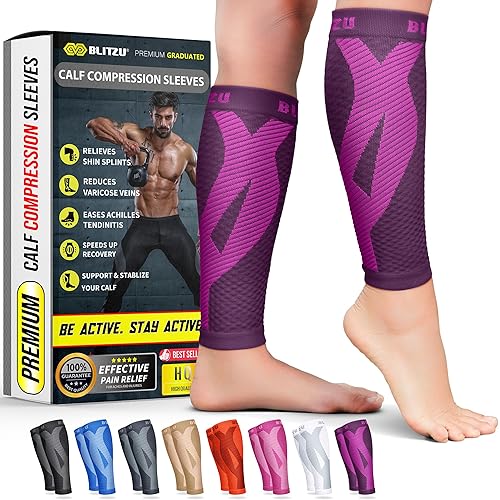
Credit: www.whizz.co.ke
Best Practices For Running
Running during pregnancy can keep you active and healthy. Following best practices makes this exercise safer for you and your baby. Adjusting your routine helps prevent injuries and discomfort. Focus on simple steps that protect your body while supporting your fitness goals.
Choosing Safe Terrain
Select flat, even surfaces for running. Avoid trails with rocks or uneven ground. Soft tracks or grass reduce impact on your joints. Safe terrain lowers the chance of falls and sprains. Stay away from slippery or busy areas to prevent accidents.
Proper Footwear
Wear shoes that provide good support and cushioning. Choose footwear designed for running to protect your feet. Replace old shoes to maintain proper shock absorption. Proper shoes help manage swelling and reduce pressure on ankles. They improve stability and comfort during your run.
Monitoring Intensity
Keep your running pace moderate and steady. Avoid pushing yourself too hard or running too fast. Listen to your body’s signals and stop if you feel pain. Use the talk test: you should talk easily while running. Adjust your workout if you feel tired or dizzy.
Consulting Healthcare Providers
Consulting healthcare providers is a crucial step before running with ankle straps during pregnancy. Every pregnancy is unique, and health conditions vary. Professional advice helps ensure safety for both mother and baby.
Healthcare providers can assess risks and recommend suitable exercises. They consider your medical history, current health, and pregnancy stage. This guidance reduces the chance of injury or complications.
When To Seek Advice
Seek advice before starting any new exercise during pregnancy. If you experience pain, swelling, or dizziness, contact your provider immediately. Regular check-ups offer a chance to discuss your exercise routine. Always share changes in how you feel while running or using ankle straps.
Customizing Exercise Plans
Healthcare providers tailor exercise plans to fit your needs. They may suggest modifications to running or ankle strap use. Plans focus on maintaining fitness without stressing the body. Customized advice supports healthy pregnancy and safe physical activity. Follow their instructions closely for best results.
Alternative Exercises
During pregnancy, choosing the right exercises helps maintain health without risking injury. Running with ankle straps may not suit every pregnant body. Exploring alternative exercises supports fitness safely and comfortably. These options protect joints and improve strength. They also help keep flexibility and balance as the body changes.
Low-impact Options
Low-impact exercises reduce stress on joints and muscles. Walking is gentle and easy to adjust to your pace. Swimming offers full-body movement without pressure on the ankles. Water supports the belly and eases joint pain. Stationary cycling keeps legs moving while staying stable. Prenatal yoga focuses on gentle stretches and breathing. These options help maintain fitness without harsh impacts.
Strengthening And Flexibility
Strength exercises build muscles to support pregnancy changes. Pelvic floor exercises improve bladder control and core strength. Light resistance training with bands or weights helps maintain muscle tone. Stretching routines ease tight muscles and improve posture. Prenatal Pilates strengthens the core and enhances flexibility. These exercises prepare the body for labor and recovery.
Hydration And Nutrition Tips
Proper hydration and nutrition play a vital role in maintaining health during pregnancy. Running with ankle straps can increase physical demand, making these factors even more important. Staying well-hydrated and meeting energy needs helps support both mother and baby. Here are some key tips to keep in mind.
Staying Hydrated
Water helps regulate body temperature and supports blood volume. Drink water before, during, and after running sessions. Aim for small, frequent sips instead of large amounts at once. Avoid sugary or caffeinated drinks as they may cause dehydration. Listen to your body’s signals and never ignore feelings of thirst.
Supporting Energy Needs
Your body requires extra calories to fuel exercise and pregnancy. Choose nutrient-rich foods like fruits, vegetables, whole grains, and lean proteins. Include snacks such as nuts or yogurt to maintain energy levels. Avoid empty calories from processed snacks or sugary treats. Eating balanced meals helps sustain stamina and promotes healthy fetal growth.

Credit: www.amazon.com
Signs To Stop Running
Running during pregnancy can be beneficial, but it is important to listen to your body. Certain signs mean you should stop running immediately. Ignoring these signs might harm you or your baby. Knowing when to stop helps keep both of you safe and healthy.
Warning Symptoms
Stop running if you feel pain in your belly or pelvis. Dizziness or feeling faint is a clear warning. Shortness of breath that does not go away is risky. Vaginal bleeding or fluid leakage means you must stop. Severe headaches or chest pain require immediate rest. Swelling or numbness in your legs or feet can be a sign to pause. Any sudden or sharp pain should not be ignored.
When To Rest
Rest is important if you feel tired or weak. Take breaks when your body asks for it. Avoid running on uneven surfaces to reduce injury risk. Slow down or walk if your heart beats too fast. Make sure to stay hydrated before and after running. Rest helps your body recover and protects your baby. Always talk to your doctor if you are unsure.
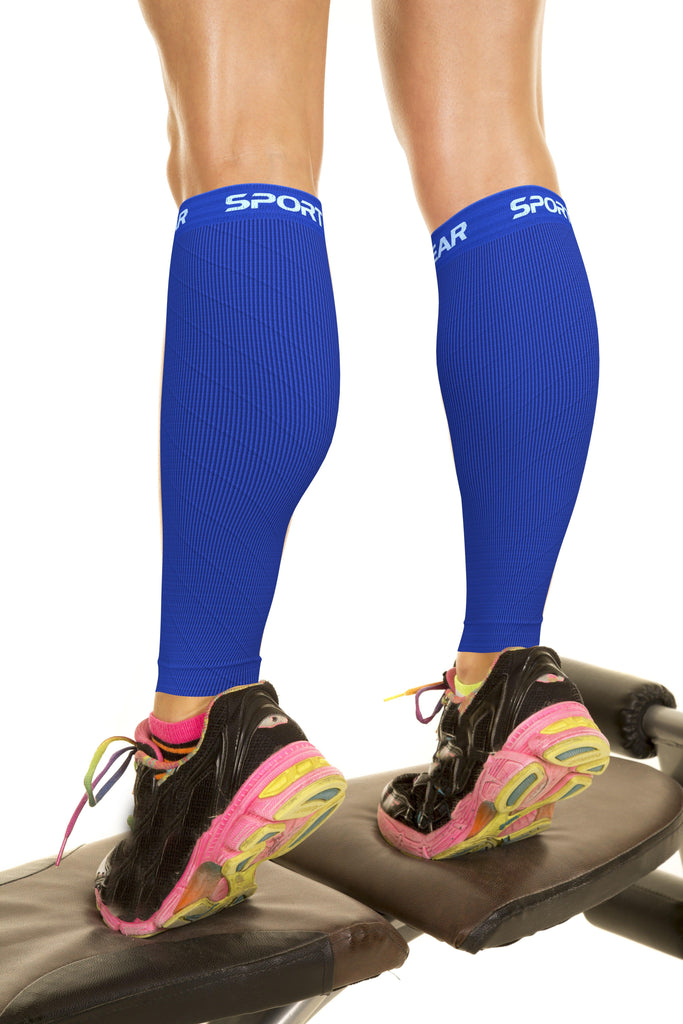
Credit: www.physixgear.com
Frequently Asked Questions
What Type Of Running Is Safest When Pregnant?
The safest running during pregnancy involves running on flat, even surfaces to prevent falls. Slow your pace as your body changes. Avoid uneven trails and listen to your body’s signals. Consult your healthcare provider before continuing or starting running while pregnant.
What Is The Golden Rule For Every Pregnant Woman?
The golden rule for every pregnant woman is to prioritize her and her baby’s health by maintaining a balanced diet, staying hydrated, exercising safely, resting well, avoiding harmful substances, managing stress, and attending regular prenatal check-ups.
Can You Do Feet In Straps While Pregnant?
Avoid doing feet in straps exercises during pregnancy due to balance and circulation risks. Always consult your healthcare provider first.
What To Wear Running While Pregnant?
Wear supportive maternity running bras and breathable, stretchy clothes. Choose moisture-wicking fabrics and comfortable shoes with good cushioning. Avoid tight waistbands and opt for layers to adjust to body temperature.
Conclusion
Running with ankle straps during pregnancy requires caution and care. Always listen to your body and stop if you feel pain or discomfort. Choose flat, stable surfaces to avoid falls and injuries. Consult your healthcare provider before starting or continuing this exercise.
Focus on gentle movements that support your changing body. Staying active is important, but safety comes first for you and your baby. Simple steps help you enjoy exercise while protecting your health. Keep your workouts safe, easy, and comfortable throughout pregnancy.
